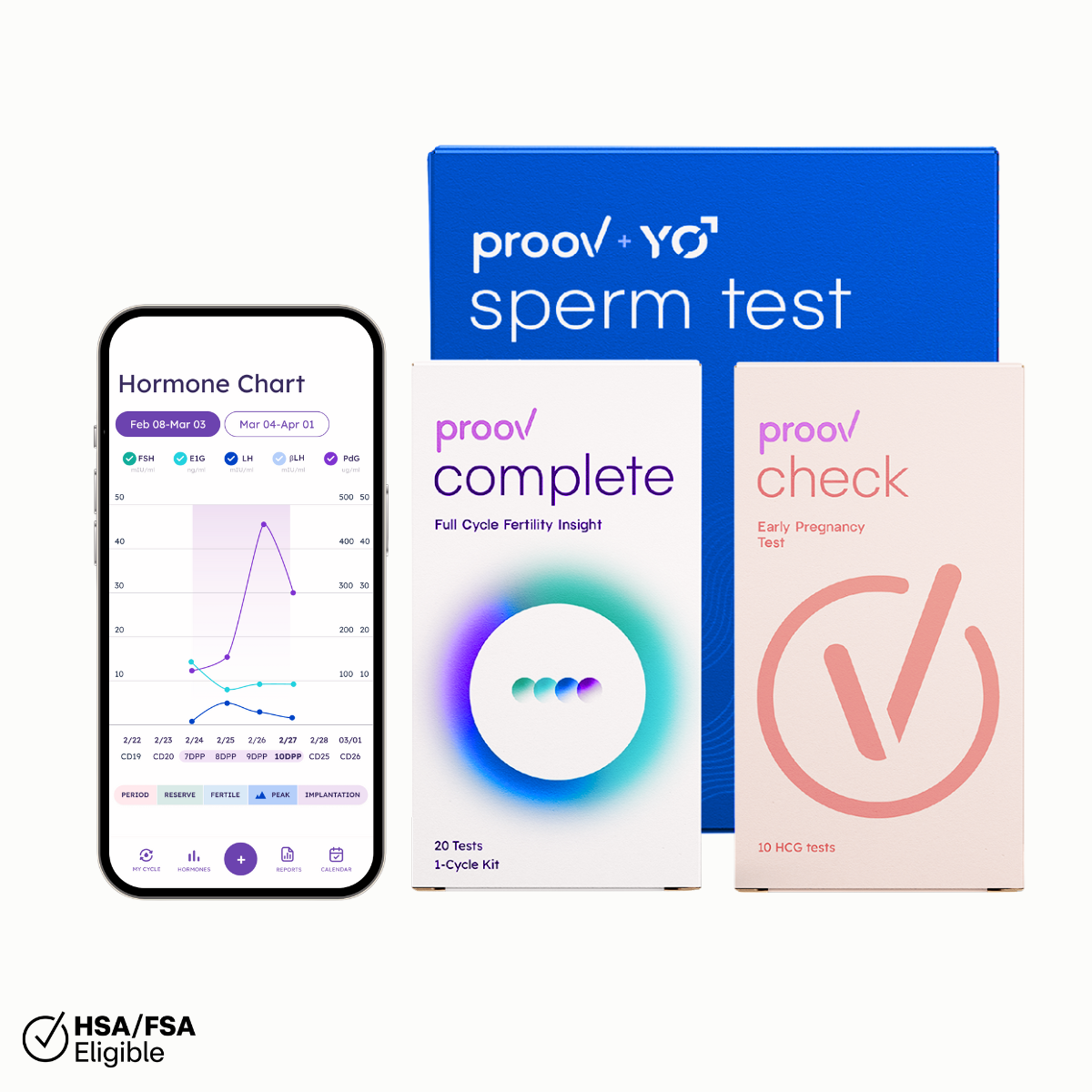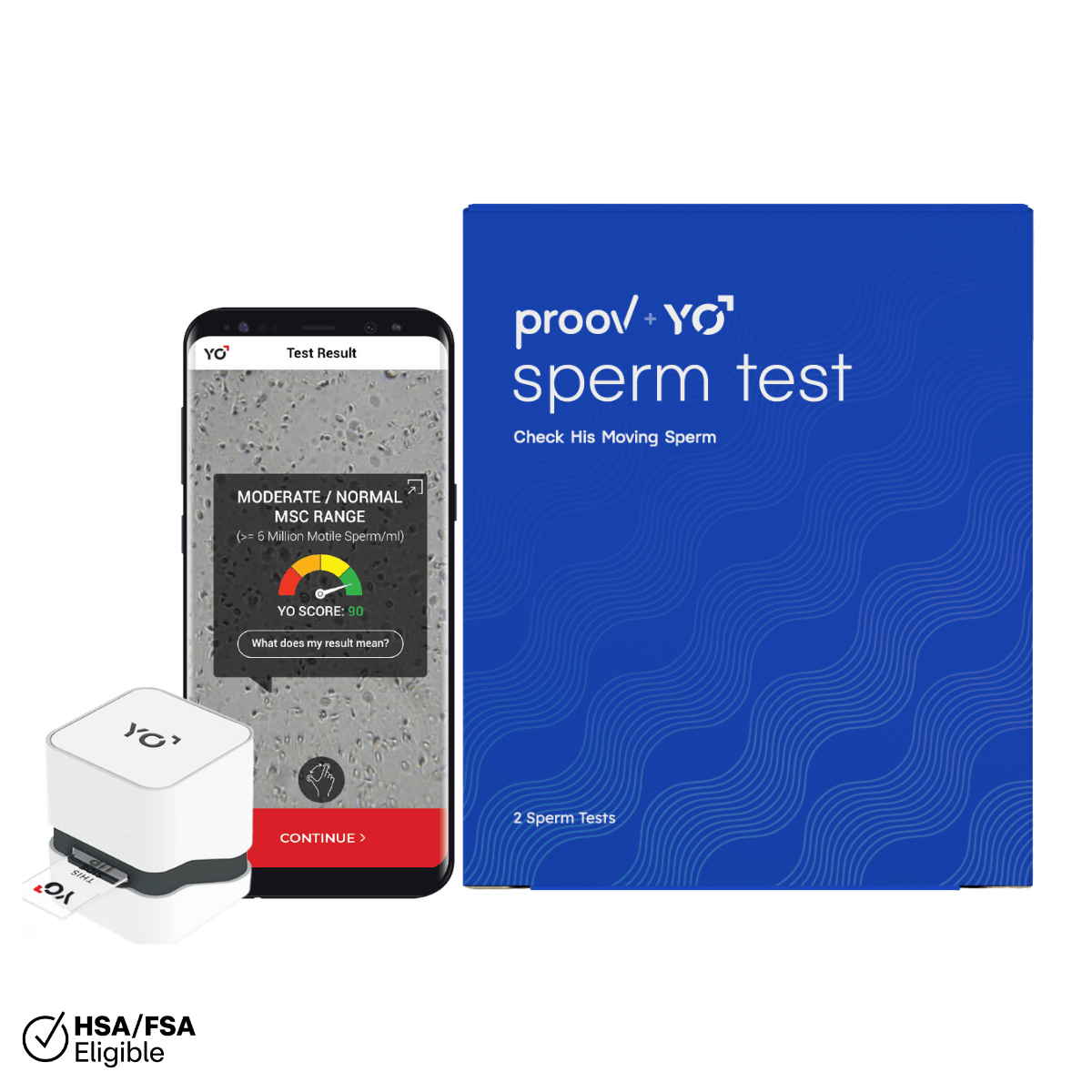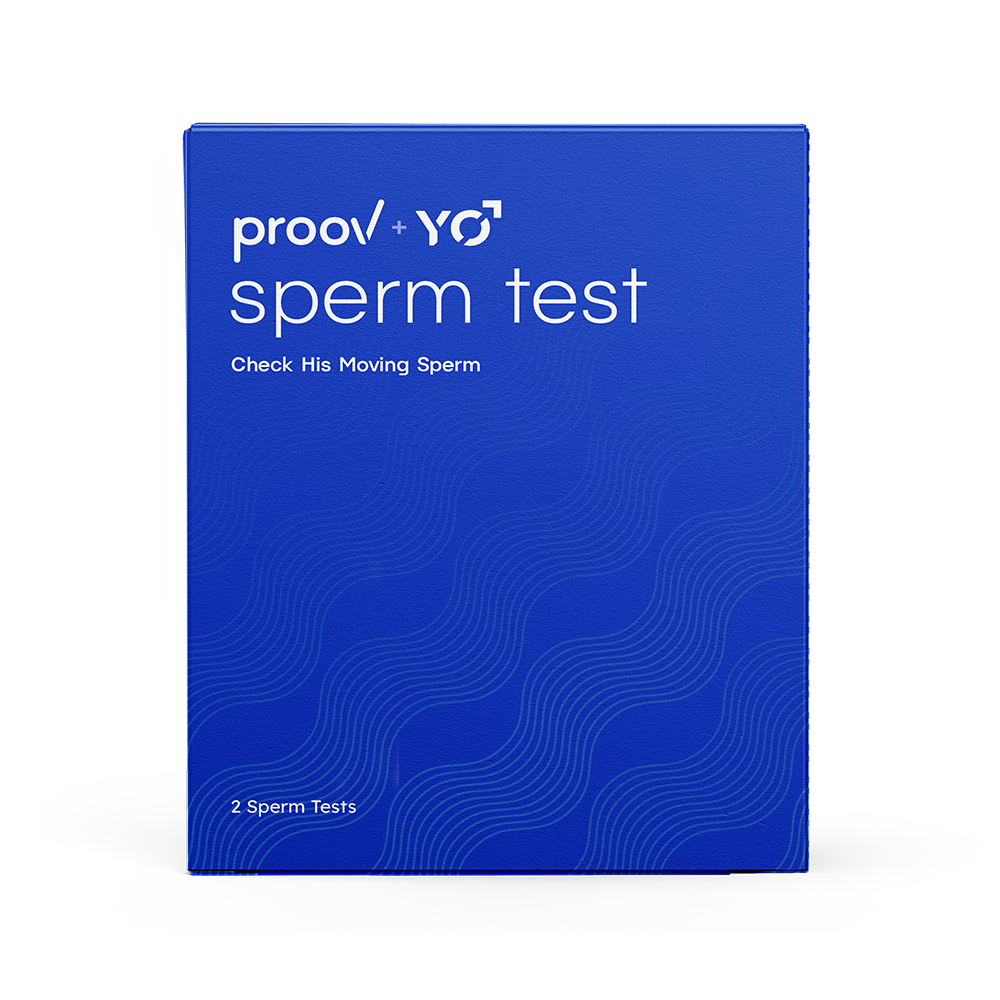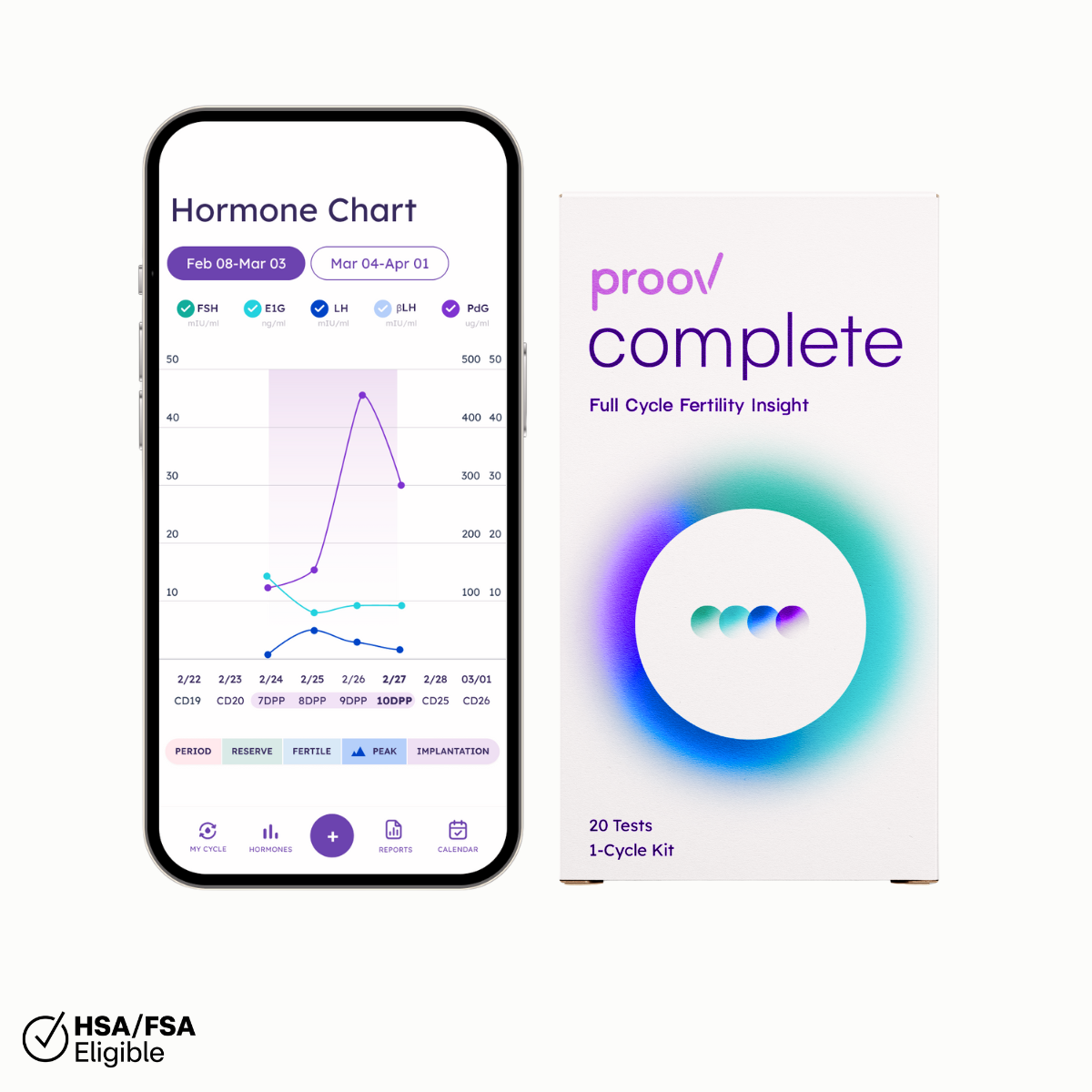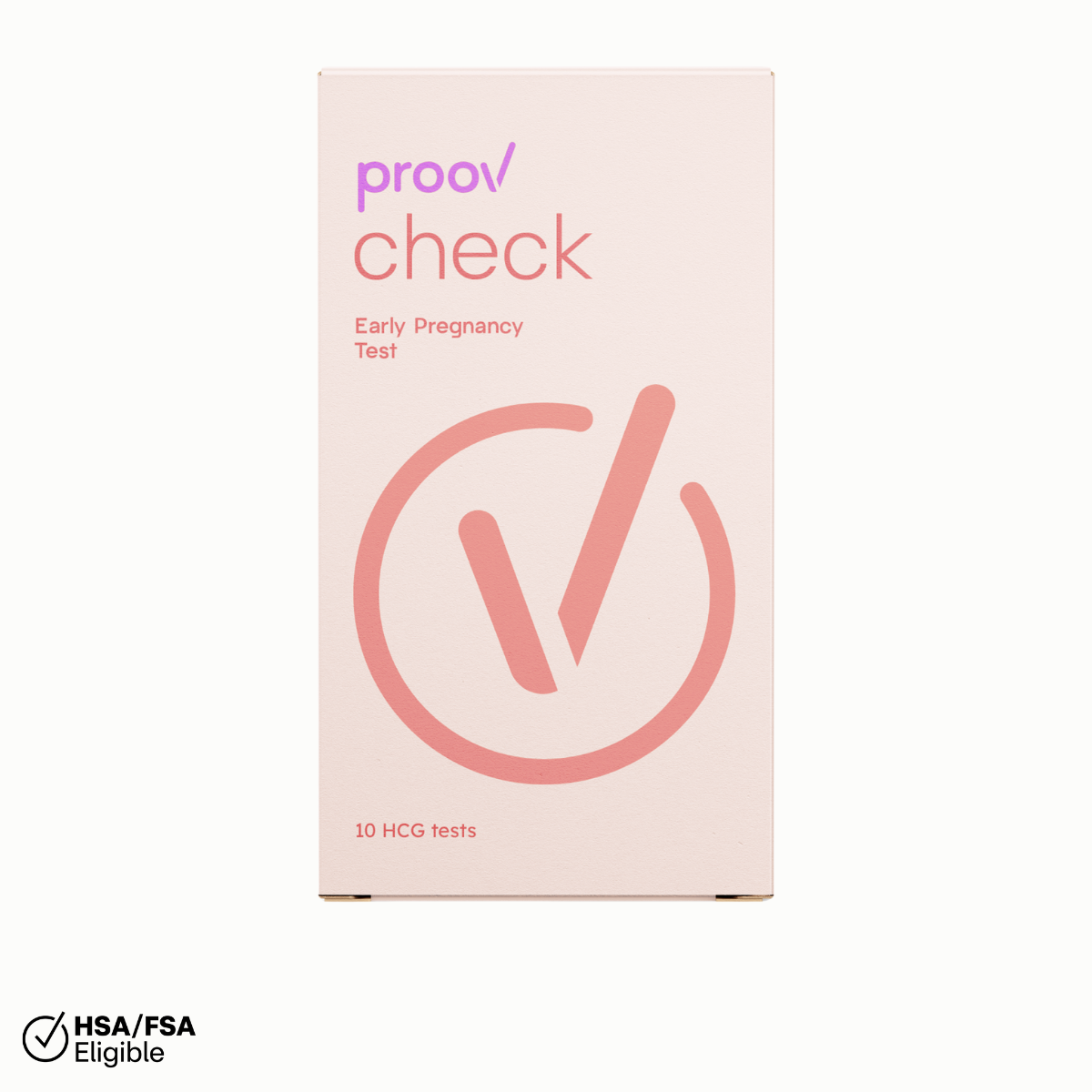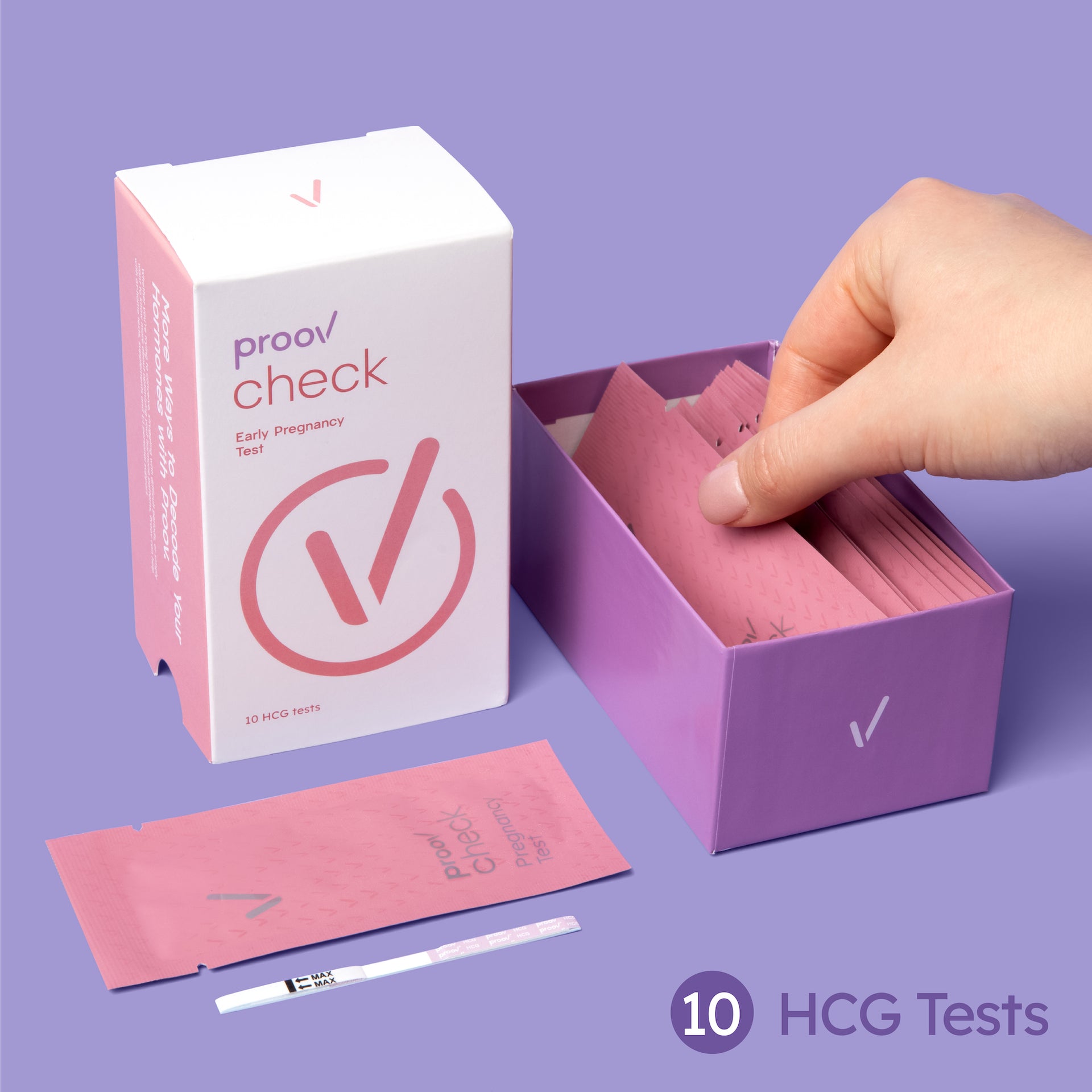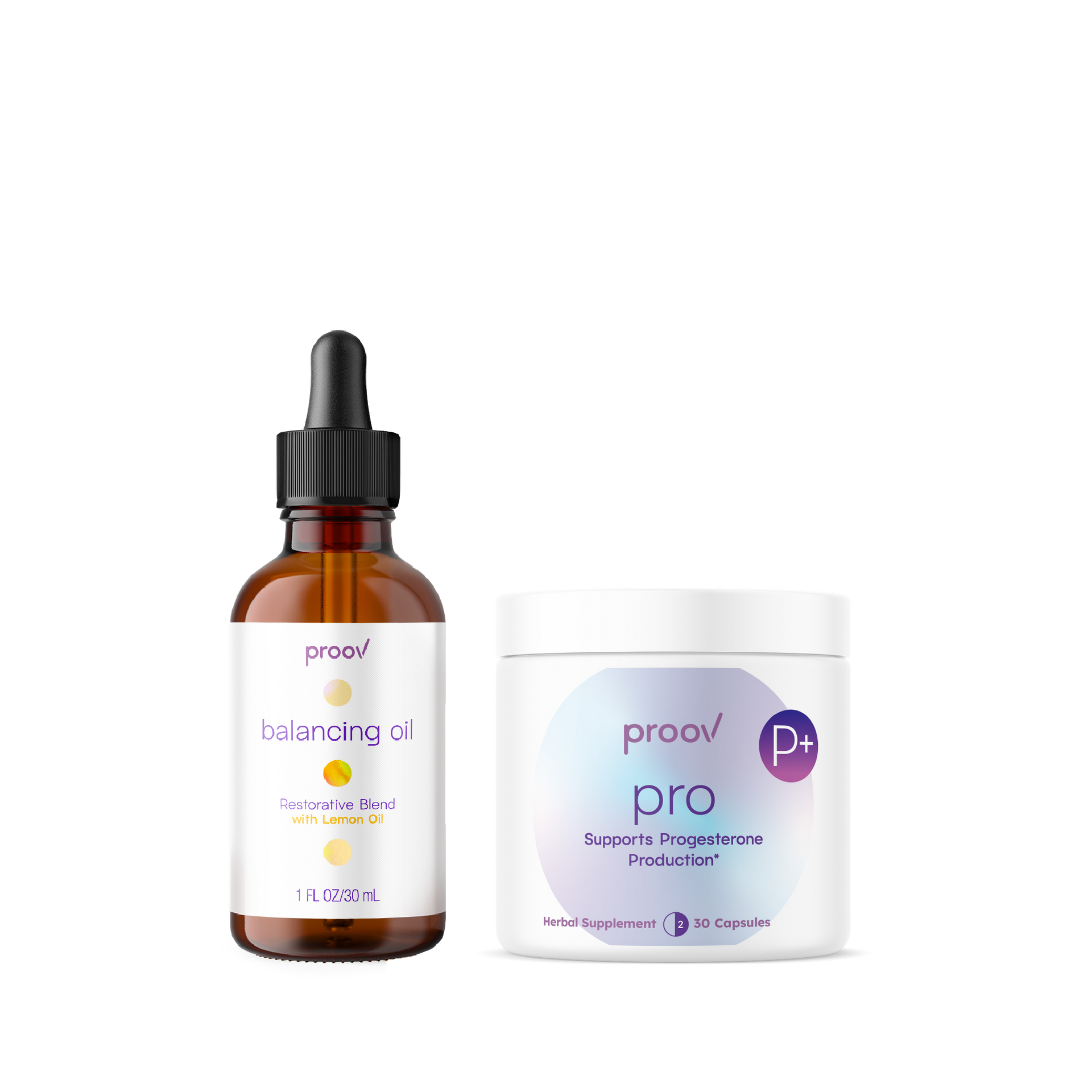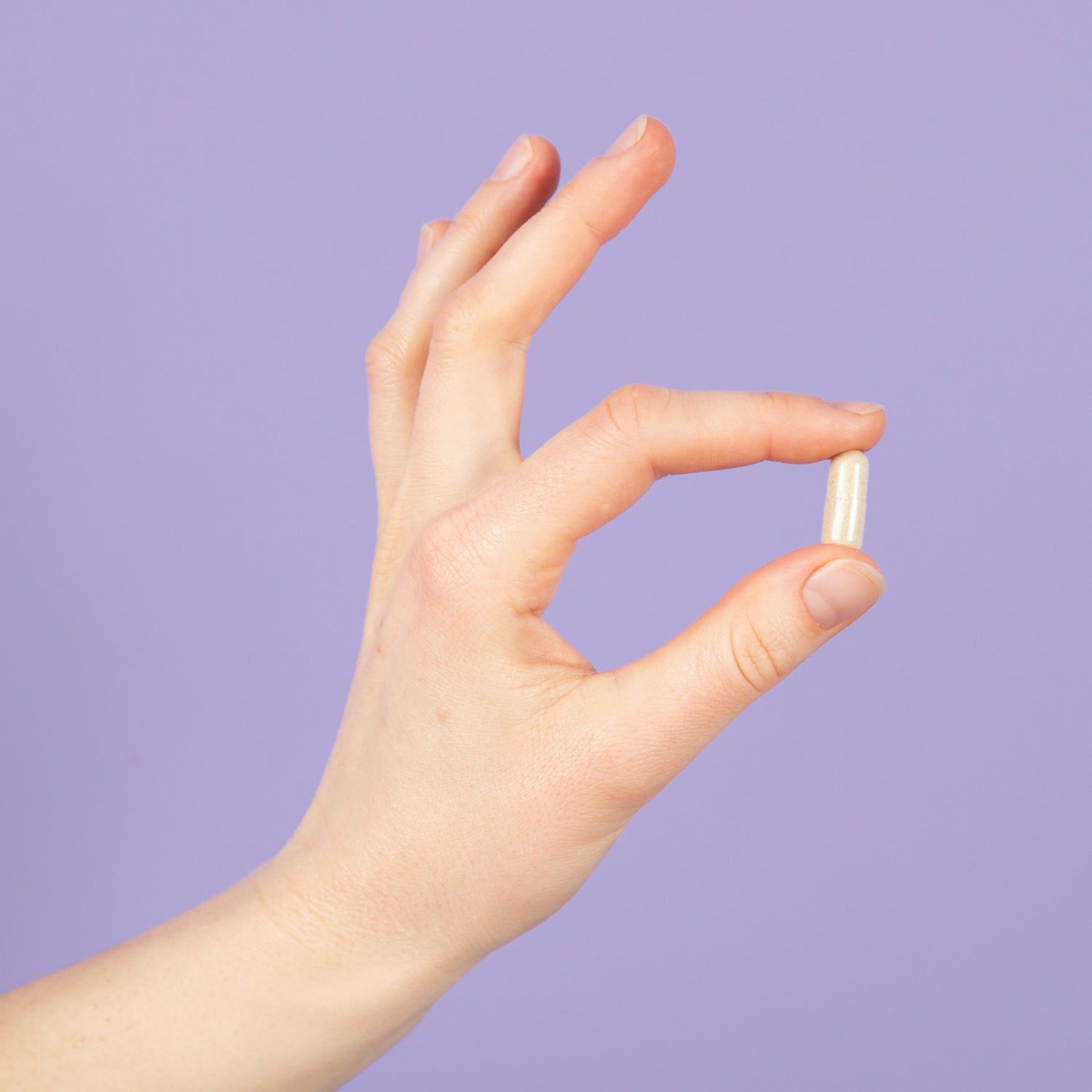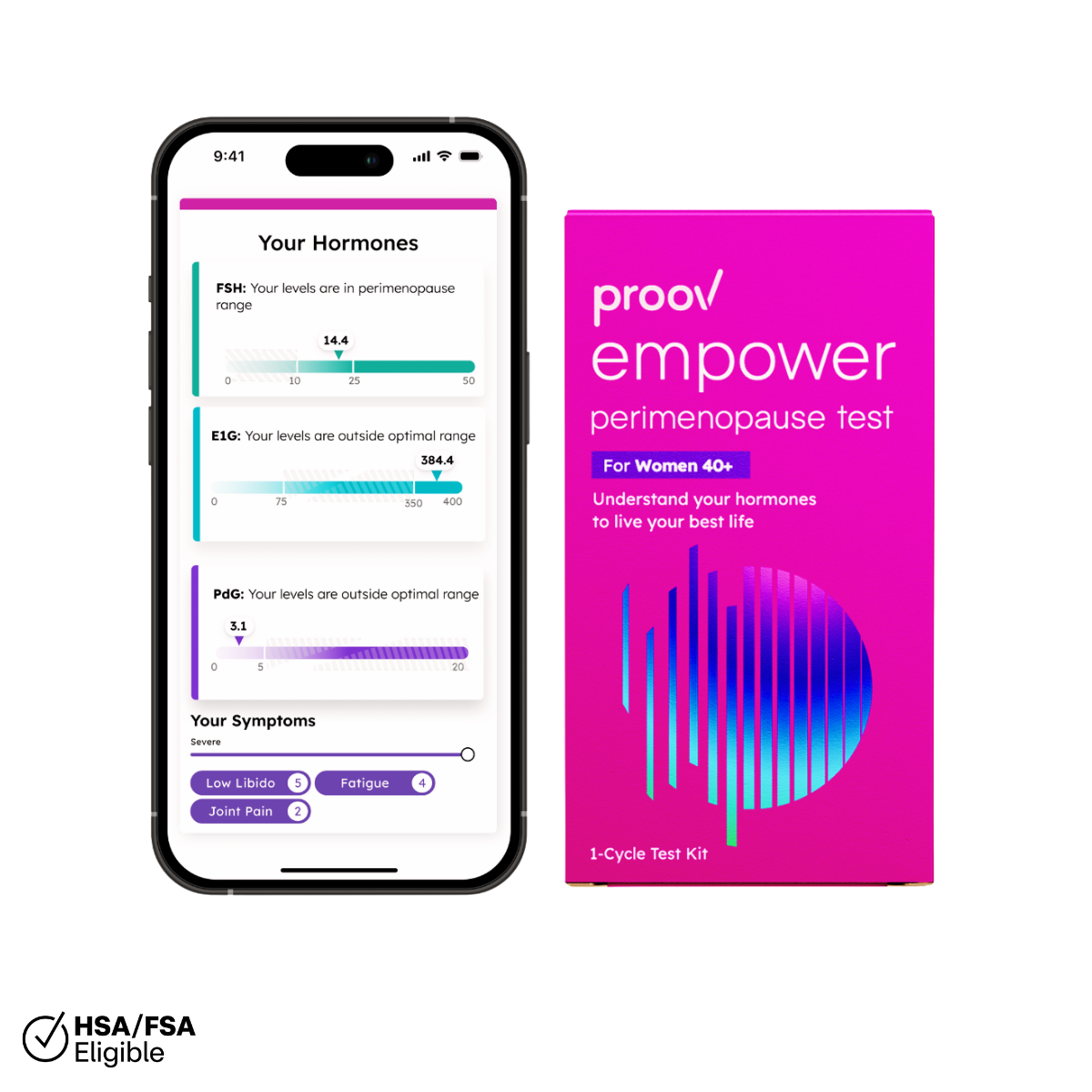By Julia Schuller, Co-founder and CEO of Bloom Health
Have you noticed how much attention the luteal phase is getting on social media lately? There are endless jokes about women being “moody” or “ragey” during their luteal phase. While yes, some of us feel more emotional before our periods, that’s often a sign of a hormonal imbalance. However, when progesterone levels are healthy, this phase actually feels really good. You might feel more peaceful, introspective, and ready to cozy up at home with your loved ones. Low progesterone, though? Watch out, fam.
But beyond mood, the luteal phase is critical for both avoiding pregnancy and achieving pregnancy. So how do you know if your luteal phase is healthy? Let’s break it down.
What is the luteal phase?
The luteal phase is the second half of your menstrual cycle. It starts after ovulation and ends the day your next period begins. Hormones shift dramatically here:
-
Progesterone rises after ovulation, thickening the uterine lining to prepare for a potential pregnancy.
-
If there’s no pregnancy, progesterone drops, and your period starts.
A typical luteal phase lasts 12–14 days. Less than 10 days is considered too short and can signal hormonal imbalance.
Why the luteal phase matters for natural birth control
Shortly after you’ve ovulated, your fertile window closes, meaning you can no longer get pregnant that cycle. This is why confirming ovulation is so powerful for natural birth control.
This is also where PdG testing (like Proov strips) comes in. PdG is a marker of progesterone in urine, and testing for it confirms ovulation actually happened. Other ways to confirm include basal body temperature (BBT) and cervical fluid changes, which are all part of fertility awareness-based methods (FABMs).
These methods are science-backed and, when used correctly, up to 99% effective for natural birth control. But most of them rely at least partly on knowing exactly when the luteal phase starts.
By contrast, hormonal birth control works differently by aiming to prevent ovulation entirely. Instead of the natural hormone shifts of a cycle, your body typically stays in a constant progesterone dominant “luteal-like” state where your body does not ovulate, which is how hormonal birth control prevents pregnancy.
Why the luteal phase matters for conception
Most women don’t know that a healthy luteal phase is essential for getting pregnant. Even our founder, Dr. Amy Beckley, didn’t know this until starting Proov. She struggled with recurrent miscarriages due to low progesterone levels during the luteal phase.
After ovulation, progesterone has to rise and stay elevated to support implantation. If progesterone levels are too low or the luteal phase is too short, it can make conception much harder.
Some people, like me and Amy, need extra support. I personally have low progesterone and use a prescription from my doctor to sustain my progesterone levels even though I’m not currently trying to conceive. Low progesterone also affects my mood, and having body literacy through natural birth control (which I’ve used since 2019) has helped me understand what’s going on with my cycle.
This is why I’m grateful to know so early that I may need progesterone support when I want to get pregnant. It’s a head start many people don’t have until they’ve been trying for months.
Low progesterone or a shortened luteal phase is sometimes called a luteal phase defect (LPD). While the name sounds scary, it simply means your body may need extra support to optimize fertility.
How to know if your luteal phase is healthy
Symptoms like spotting before your period, intense PMS, or consistently short cycles can be red flags for low progesterone in your luteal phase. A good first step to gauging the health of your luteal phase is to track your ovulation and your period start date to calculate your unique luteal phase length. I recommend using an FABM method like tracking cervical fluid or temperature to identify ovulation in the most accurate way possible. More on FABM methods here. (link to other blog).
This is also where PdG testing can come into play. I’ve used Proov Complete to get a full picture of my hormone health, including how strong and healthy my luteal phase is. And yes…it’s as easy as dipping a test in urine every day!
Blood tests can also check progesterone levels (but timing matters, usually 7 days post-ovulation).
Supporting your luteal phase naturally
A strong luteal phase is not just about fertility. It is also a reflection of your overall hormone health. Here are a few ways to support a healthy luteal phase naturally:
Prioritize your sleep
Progesterone has a calming effect, but low levels can make it harder to sleep during the luteal phase. Women also tend to need more rest during this phase, so if you are struggling to sleep, it may be a sign that your luteal phase needs support.
Manage stress
High stress can delay or even suppress ovulation, which can shorten the luteal phase. Finding tools to manage stress, like therapy or mindfulness practices, can make a big difference for your hormone health.
Eat nutrient dense foods
Focus on healthy fats and protein to support hormone production and overall cycle health.
Supplement wisely
Proov’s Pro supplement and Balancing Oil are great options for supporting progesterone levels and overall luteal phase strength.
We’re Here to Help
Your luteal phase is more than a “moody” week before your period. It’s a powerful indicator of fertility, hormone health, and even stress resilience. When you understand and support it, you’re not just avoiding or achieving pregnancy, you’re empowering yourself with crucial information about your overall health.
Tools like Bloom and Proov make this easier than ever by helping you confirm ovulation, understand a hormone balance, and take action if something feels off. Whether your goal is birth control, conception, or simply understanding your body better, the luteal phase is a key piece of the puzzle.


